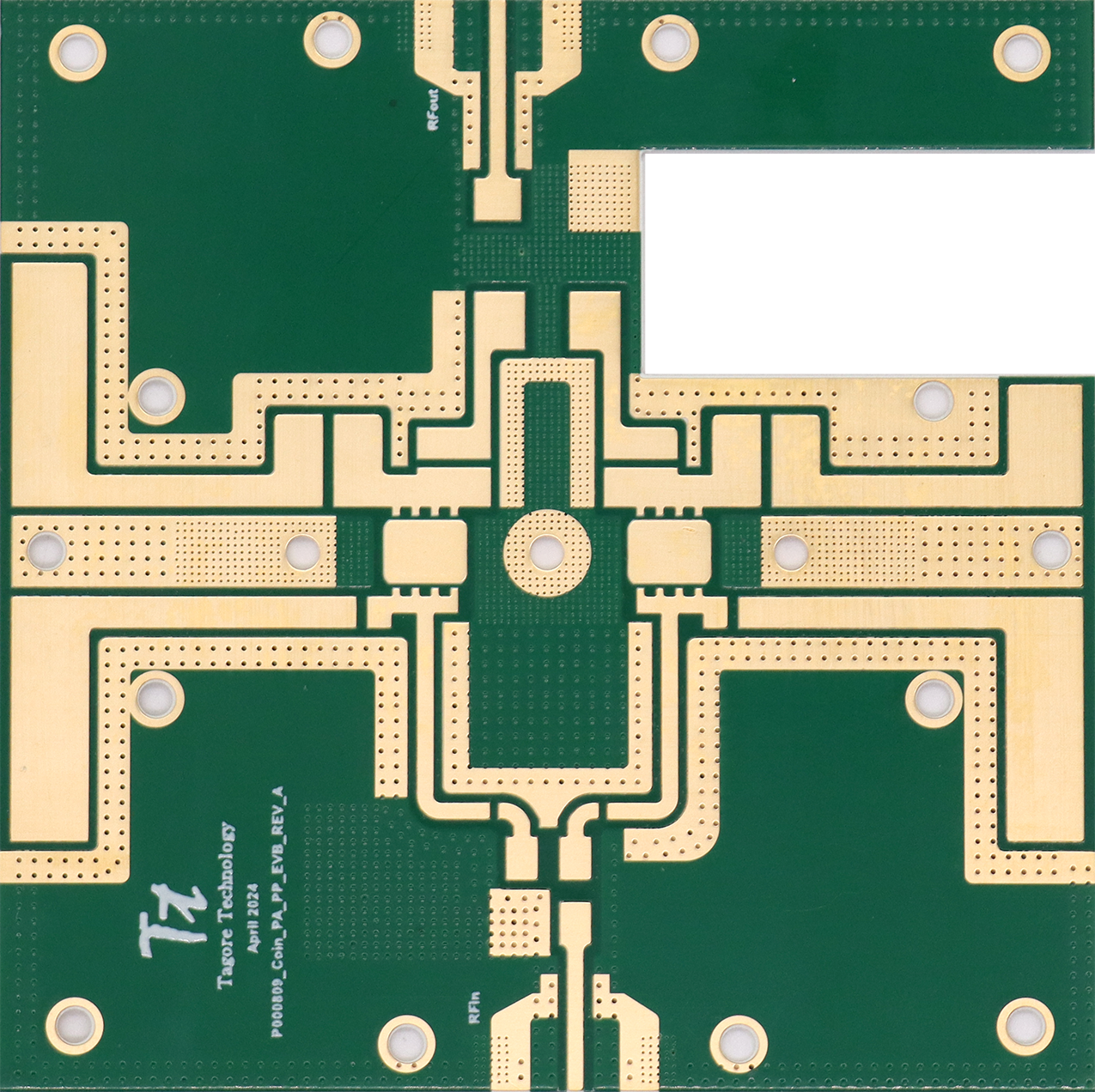In the field of Printed Circuit Boards (PCBs), numerous factors collectively determine their final cost. Among these, copper foil thickness holds a significant position, as it not only affects the performance of PCBs but also has an impact on their prices.
How Copper Foil Thickness Affects PCB Prices
In Terms of Material Costs
As a fundamental material for PCBs, copper directly influences costs. Thicker copper foils naturally require more raw materials. Standard copper foil thicknesses typically range from 18 microns (1/2 ounce) to 70 microns (2 ounces). For example, if a project requires 2-ounce copper foil instead of the more commonly used 1-ounce, the material cost will increase because more copper is used per square foot of the PCB. Additionally, in high-end applications, high-purity copper is often chosen for better conductivity, which further raises material expenses.
Complexity of Manufacturing Processes
As copper foil thickness increases, the manufacturing process becomes more complex. In the etching process used to create conductive circuits on PCBs, thicker copper requires more potent etching solutions and longer processing times to accurately form the desired patterns. This extended processing time not only consumes more chemicals but also keeps manufacturing equipment occupied for longer, thereby increasing the overall manufacturing cost.
Moreover, when plating copper onto the PCB substrate, thicker coatings require more precise control of the electroplating process to ensure uniform thickness. This precise control usually demands more advanced equipment and skilled operators, which also adds to the production cost. This is particularly evident for Thick copper PCBs, where the increase in process difficulty is more pronounced.
Current Industry Situation
In the current global PCB market, there is a diverse demand for PCBs with different copper foil thicknesses. In the consumer electronics sector, where cost-effectiveness is crucial, most manufacturers tend to use standard-thickness copper foil (approximately 1 ounce) for general-purpose PCBs. This helps reduce production costs while still meeting the performance requirements of devices such as smartphones and tablets.
However, the situation is different in high-performance computing and industrial applications. For instance, data centers require Thick copper PCBs (2 ounces or thicker) to handle high current loads and reduce power losses. These applications prioritize performance over cost to a certain extent, so despite the higher prices, the demand for such PCBs remains strong.

Future Trends
Looking ahead, with the continuous development of technology, interesting changes may occur in the relationship between copper foil thickness and PCB prices. With the rise of 5G and the Internet of Things, the demand for PCBs capable of supporting high-speed data transmission and efficient power management will continue to grow. This may lead to an increased demand for PCBs with optimized copper foil thickness, which can strike a balance between performance and cost.
Manufacturers are also exploring alternative materials and manufacturing technologies to reduce reliance on traditional copper foils and potentially lower costs. For example, some manufacturers are researching the use of carbon-based conductors as a substitute for copper in certain applications, although these are still in the experimental stage.
Conclusion: PCBgogo's Position
At PCBgogo, we understand the delicate balance between copper foil thickness, PCB performance, and price. We closely monitor industry trends and technological advancements to provide customers with the best possible solutions. Whether it is a cost-sensitive project requiring standard-thickness copper foil or a high-end application demanding thick copper layers for superior performance, our team of experts can offer selection guidance.
We strive to optimize our manufacturing processes to minimize the cost impact of thick copper foils while maintaining the highest quality standards. As the industry continues to evolve, we are committed to staying at the forefront, helping customers make informed decisions regarding copper foil thickness and other PCB-related factors to achieve the best value for their projects.
